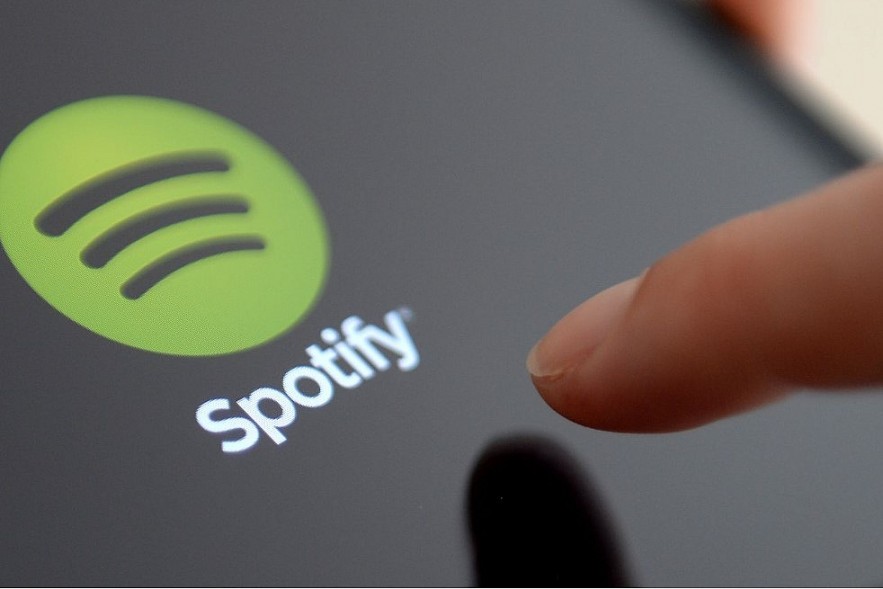Spotify Suffers Major Global Outage, Disrupting Access for Millions (Update)
Update: Spotify’s Official Statement
At 11:45 a.m. EDT, Spotify’s support team posted the following update on X (formerly Twitter):
“We’re aware of some recent issues that should be all clear now! Thanks for your patience, you rock.”
However, no specific cause for the outage has been provided.
Spotify's Scale and ImpactSpotify has more than 678 million monthly active users, including 268 million premium subscribers, according to its most recent shareholder report. An outage of this scale immediately affects users across the U.S., U.K., Europe, and beyond — with impacts on commuters, podcast listeners, and businesses using Spotify. Key Takeaways
|
 |
| Spotify outage |
The disruption began shortly after 8 a.m. EDT (5 a.m. PT), according to data from Downdetector, and affected key app features including playlist browsing, radio access, and artist profiles.
Outage Timeline and Scope
At its peak, Downdetector.com registered more than 18,000 user reports indicating issues with Spotify's service. By around 9 a.m. EDT, the volume of reports had dropped significantly, with just over 1,000 users still experiencing problems.
Social media was flooded with complaints from frustrated users across the U.S., U.K., and other regions. Reports indicated that both the mobile and desktop versions of the app were affected, with users receiving false "offline" status messages despite stable internet connections.
Company Response (or Lack Thereof)
As of publication, Spotify has yet to issue an official explanation or estimated timeline for resolution. The company's X (formerly Twitter) account, @SpotifyStatus, which typically updates users on outages, has not confirmed the cause or status of the incident. Forbes has reached out to the company for comment.
Recurring Problems Raise Concerns
This marks the latest in a series of service interruptions for Spotify. In April 2025, the platform suffered a multi-hour outage. Another disruption occurred just weeks ago, further straining user confidence in Spotify’s infrastructure. While speculation swirled about possible hacking incidents in April, the company explicitly denied that the previous issues were caused by a cyberattack.
Why Was Spotify Down?
Spotify has not disclosed the specific cause of Tuesday’s server problems. Given the recurring nature of these outages, users and industry analysts alike are questioning the platform’s backend resilience.
Context: Spotify’s Global Footprint
Spotify remains the world’s largest music streaming service, boasting more than 678 million monthly active users and over 268 million paying subscribers, according to its latest shareholder report. With such a vast user base, any disruption to service triggers immediate, large-scale backlash and scrutiny.
Broader Infrastructure Concerns
The Spotify outage is part of a wider pattern of recent tech service disruptions. In 2024, a botched software update by cybersecurity firm CrowdStrike triggered global IT outages across multiple industries. Such incidents highlight the systemic risks in our increasingly centralized digital infrastructure.
What’s Next?
While service appears to be stabilizing, affected users are still awaiting clarity. Until Spotify provides an official update, the cause and scope of the outage remain unclear. For now, users are advised to monitor the @SpotifyStatus feed and be patient as the company works behind the scenes to restore full functionality.
 Is Bluesky Down Again? Is Bluesky Down Again? On Wednesday, February 26, 2025, Bluesky, the social media platform that gained popularity as an alternative to X (formerly Twitter), experienced a significant outage. |
 Square Outage Disrupts Thousands: Payment Failures Leave U.S. Businesses Struggling Square Outage Disrupts Thousands: Payment Failures Leave U.S. Businesses Struggling Square, a prominent payment processing platform, experienced a significant outage in the United States, with over 13,000 user reports on Down Detector. |
 WhatsApp is Down: Latest Status and User Reactions WhatsApp is Down: Latest Status and User Reactions On the evening of February 28, 2025, WhatsApp experienced a significant global outage, leaving millions of users unable to send or receive messages. |
 Massive Power Outages Sweep Spain, Portugal, and France: Leaves Over 15 Millions In Darkness Massive Power Outages Sweep Spain, Portugal, and France: Leaves Over 15 Millions In Darkness A massive power outage hit Spain, Portugal, and southern France on April 28, 2025, disrupting millions of lives. Here's a detailed look at the causes, ... |


























